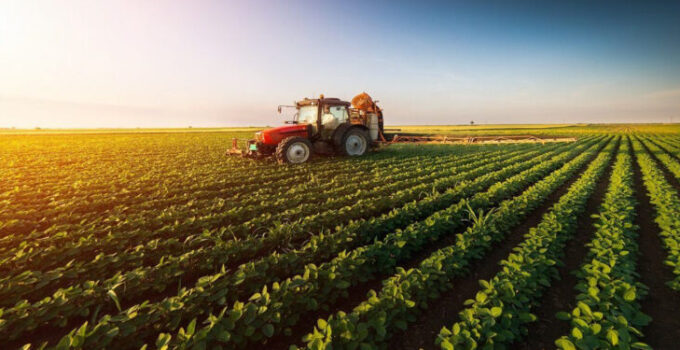The development of agriculture has been a significant turning point in human history. Over the years, there have been technological advancements that have led to increased yields and reduced prices for consumers.
The current priorities include saving money, minimizing environmental impact, and producing a fitting product. The agricultural sector is implementing farm automation with the main goal of moving forward. This latest technology helps farmers to increase their agricultural yields and enhances their efficiency in managing their operations.
What Is Farm Automation?
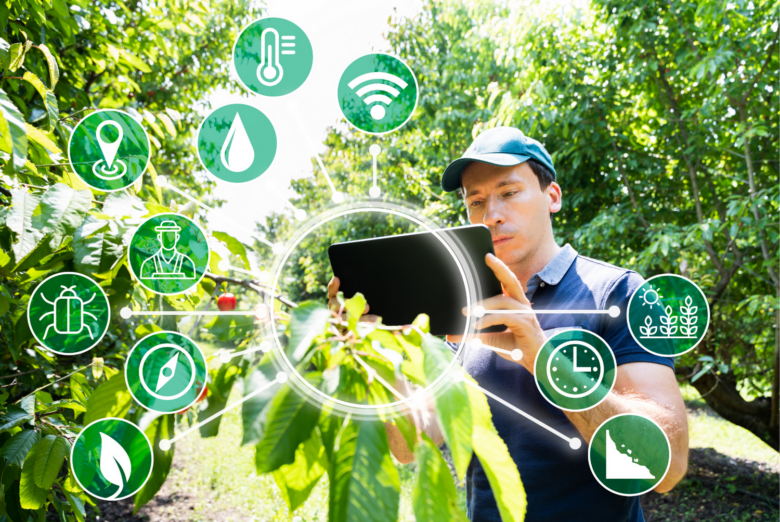
Farm Automation
As the global population is projected to reach approximately 10 billion people by 2050, the agriculture industry must increase food production by 70% to maintain current growth levels.
The use of drones, robotics, and software in farm automation is transforming the agricultural industry.
Smart farming, also called farm automation, is a cutting-edge technology that enhances the efficiency of crop and livestock production on farms. More and more agriculture businesses are turning to robotics to create self-driving tractors, harvesters, seeders, and waterers for growing crops.
Although this technology may seem novel, it is increasingly prevalent in the agricultural sector. even traditional farming companies are widely accepting and including farm automation into their processes. However, it is important to purchase reliable equipment from credible companies such as https://texha.com/.
The utilization of farm automation is providing many benefits to the industry. These advancements make it possible for customers to buy sustainably-produced goods at more affordable prices. Currently, a significant portion of food expenses are linked to labor costs. Due to the shortage of labor, these expenses are transferred to the consumer. However, with the use of robotics, labor-intensive tasks can be automated, resulting in cost reduction for both the farmer and the consumer. It is important to consider the positive impact of automation on the environment. This innovative technology not only saves time and money for farmers but also minimizes ecological damage.
Robotic Planting and Weeding
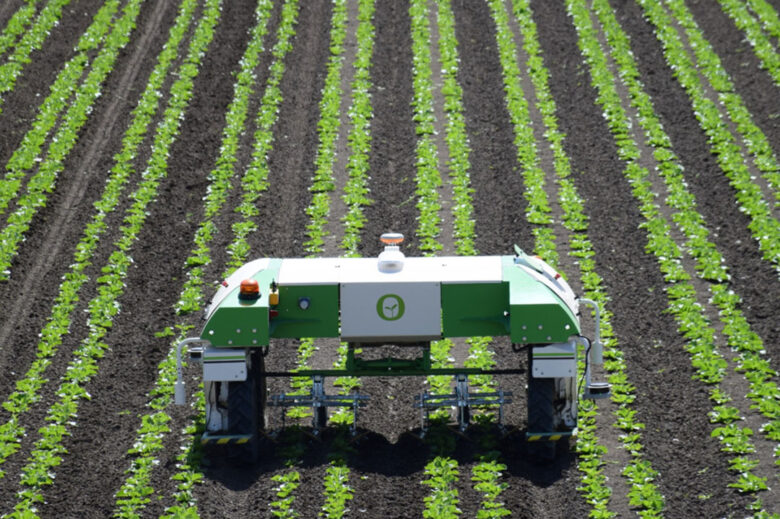
Source: futurefarming.com
The robots created for planting and seeding aim to focus on particular regions of the farm. They save on labor costs by performing tedious chores.
Weeding robots can significantly reduce the number of pesticides used in crop fields by up to 90% due to their precise analysis of the crops. This advanced technology enables the robots to apply herbicides accurately on the plants only when necessary.
Farmers now have a better method for preventing and managing weeds in their fields. There are planting robots that work independently and help farmers in seeding their row crops for the upcoming growing season. These machines are a more cost-effective and environmentally friendly alternative to using manual labor for sowing the fields.
Remote Controlled Tractors
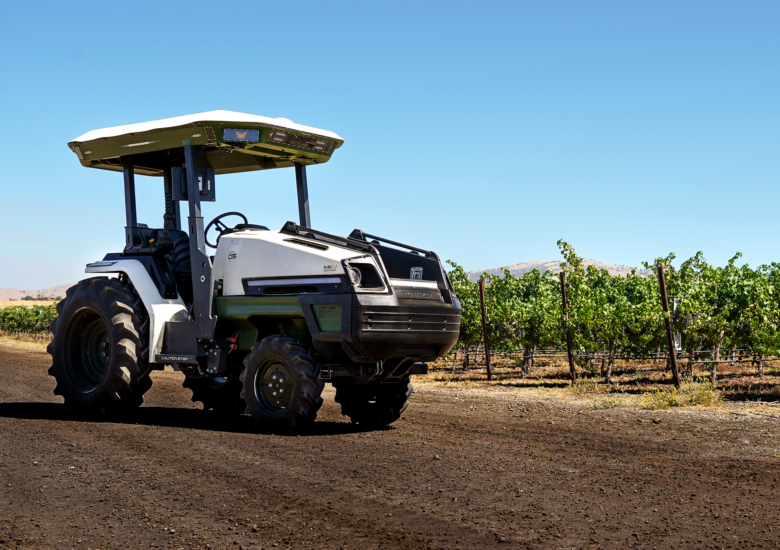
Source: autoweek.com
Autonomous tractors can either work independently by being pre-programmed or be controlled by the farmer. These types of tractors provide numerous benefits, such as lowering labor costs, increasing crop yield, and enhancing operational efficiency on a daily basis. There are times when farmers don’t need to buy new equipment. They can use automation kits to retrofit their current tractors and bring advanced technology to their farms in a fast and efficient way.
During unfavorable weather, these tractors aid in tending to the fields. This method eliminates the need for laborers to work in the fields, which can pose health risks and allows the tractors to work around the clock to finish the task.
Automated Harvesting
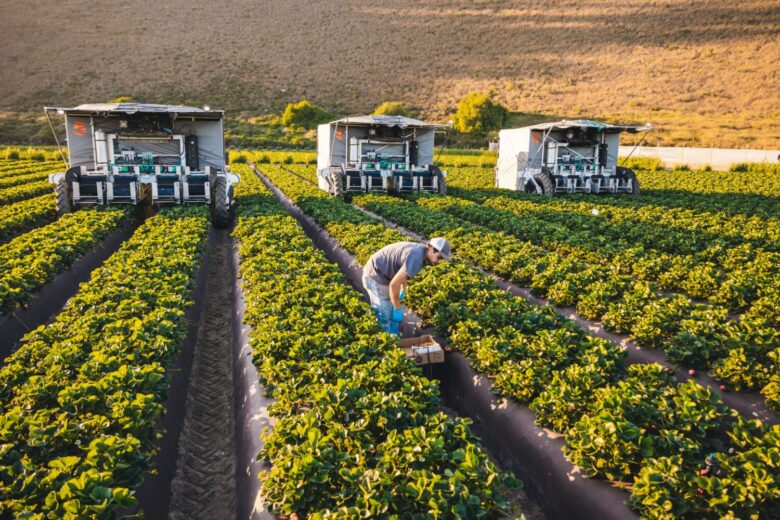
Source: civileats.com
Farmers are now able to harvest crops effortlessly with the help of autonomous tractors and push-button harvesters. This technology has the added benefit of reducing labor costs since these machines can pick up more produce in less time than a team of workers.
This means that less money is spent on physical workers, and the crops can be harvested on time without any concerns about losing valuable produce. Consequently, consumers will not experience the impact of high food prices that come with increasing labor costs.
Smart Farming Apps
It’s amazing how there’s an app for almost everything nowadays, even farming! With modern apps, farmers can easily keep track of their fields and livestock. By receiving real-time data from the field, they can monitor the health of their crops and animals efficiently.
If any issues arise, farmers can address them accordingly, such as addressing the need for more water or increasing pest control efforts. This approach enables farmers to concentrate on other aspects of their business.
Additionally, a variety of apps can assist the farming team in predicting yields for the upcoming season and making necessary adjustments. By providing active monitoring, farmers gain better control over their fields and are able to allocate resources promptly if there are any issues with their crops or livestock.
Drone Technology
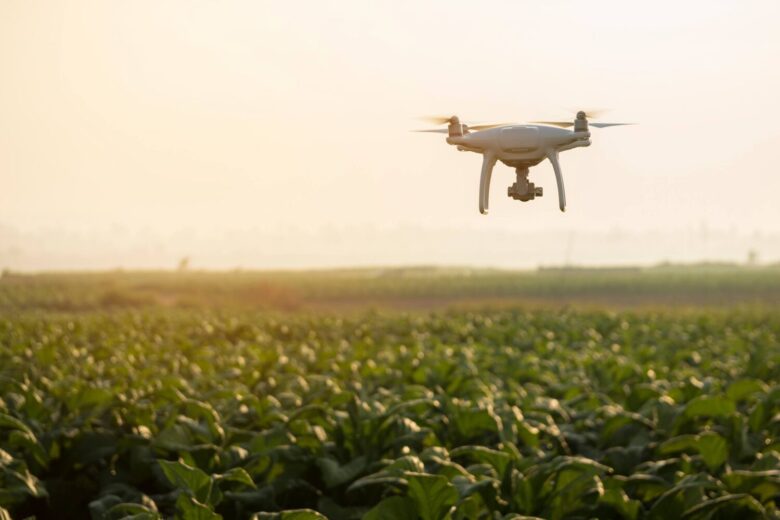
Source: today.tamu.edu
The agriculture industry is embracing technological advancements, and drones are a prime example. These devices are capable of monitoring field conditions and providing real-time feedback to farmers. Additionally, they are commonly used to uniformly distribute pesticides, fertilizers, and other chemicals from above.
Field scanning has never been simpler. Farmers can benefit from innovative products that use infrared and imagery analysis to diagnose problem areas. Numerous autonomous robotic flyers are available that can send real-time data back to the farmer.
Smart Storage
A considerable amount of agricultural loss happens during storage and transportation after harvesting. Smart storage solutions combine automation and monitoring technologies to create ideal storage conditions for different crops. These solutions monitor and regulate temperature, humidity, and gas levels to prevent spoilage and increase the shelf life of crops.
In supply chain management, automation can improve transportation and distribution processes, leading to fewer delays and reduced losses. Utilizing smart storage and supply chain management technologies can also help reduce post-harvest losses, ultimately leading to higher agricultural returns and greater food security for a growing global population.
Conclusion
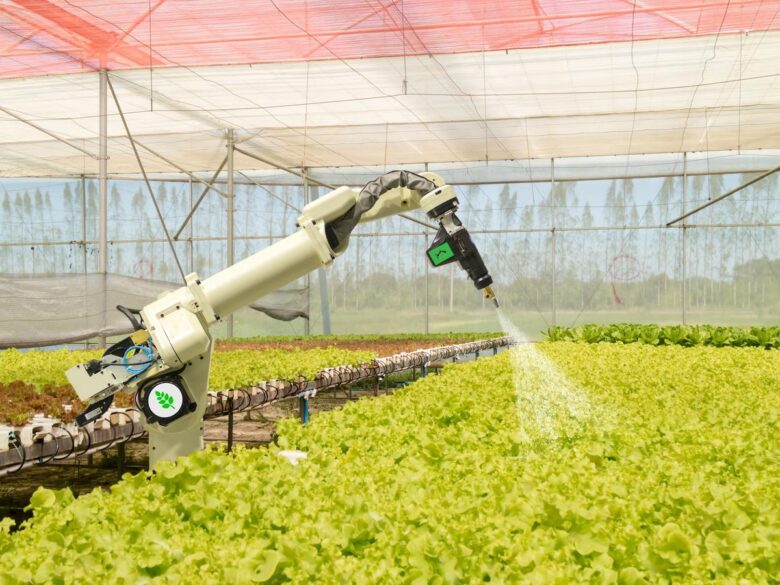
Source: independent.co.uk
The agricultural industry recognizes the need to change with the times. Outdated farming practices that depleted the earth’s resources are a thing of the past.
Currently, the main objective is to develop sustainable farming techniques that can be utilized for years to come. The planet is at risk of climate change, and there is a growing need for high-quality food. In light of these concerns, the agricultural industry is taking strides towards automation to ensure a more sustainable future.

